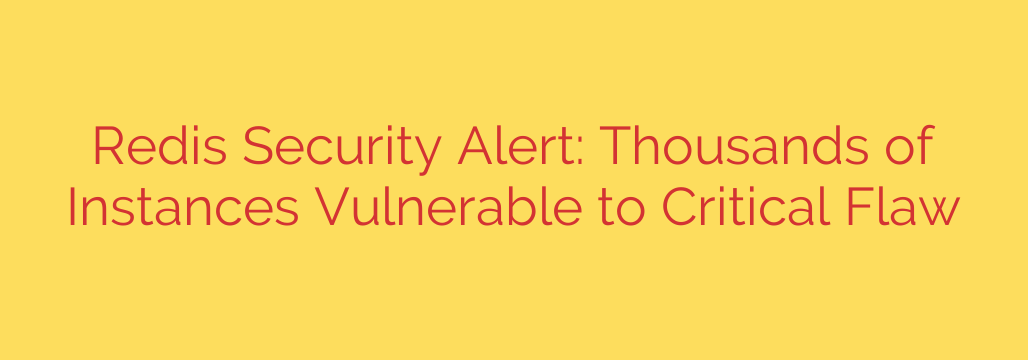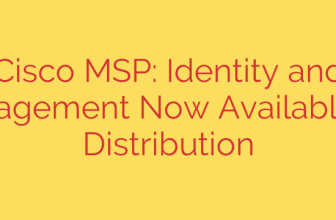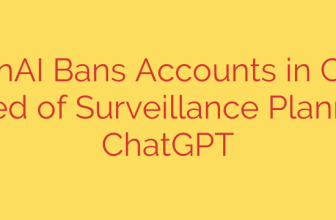
Critical Redis Vulnerability Exposes Thousands of Servers to Remote Takeover
A significant security vulnerability has been identified in Redis, the popular open-source, in-memory data structure store. This critical flaw potentially exposes thousands of internet-facing instances to unauthenticated remote code execution (RCE), placing sensitive data and server infrastructure at immediate risk.
Security researchers have raised the alarm about this vulnerability, which affects a wide range of Redis versions. The flaw allows a malicious actor to escape the confines of the Lua sandbox, a security feature designed to isolate scripts, and execute arbitrary commands on the underlying operating system. This could lead to a complete compromise of the affected server.
Understanding the Critical Redis Flaw
The vulnerability stems from an issue in how Redis handles Lua scripting. By crafting a specific Lua script, an attacker can bypass the sandbox protections and gain direct access to the server’s command line. This effectively hands over control of the machine to the attacker.
The most concerning aspect of this flaw is its potential for widespread, automated exploitation. The core issues are:
- Unauthenticated Access: The attack can be executed without any valid credentials on misconfigured servers.
- Remote Code Execution (RCE): This is the most severe type of vulnerability, as it allows attackers to run any code they want, from stealing data to installing ransomware.
- Widespread Exposure: Scans have revealed that thousands of Redis instances are publicly accessible on the internet, often without proper authentication or firewall protection. This is a long-standing misconfiguration issue that dramatically increases the risk of this new vulnerability.
Any organization using Redis in a public-facing or untrusted environment must treat this as a high-priority threat.
The Potential Damage of an Exploit
If an attacker successfully exploits this vulnerability, the consequences can be devastating. A compromised Redis server can become a gateway into your entire network, leading to:
- Complete Data Theft: Attackers can exfiltrate sensitive information stored within the Redis database and from the server itself.
- Ransomware Deployment: The server can be encrypted and held for ransom, crippling critical applications and services.
- Cryptocurrency Mining: Attackers can install cryptomining malware, stealing your server’s computational resources and increasing operational costs.
- Pivoting to Internal Networks: A compromised edge server is often used as a launchpad for further attacks against other systems inside your network.
The risk is not theoretical. Misconfigured and unpatched Redis servers have historically been a prime target for cybercriminals, and this vulnerability provides them with a powerful new weapon.
How to Protect Your Redis Instances: A Step-by-Step Guide
Immediate action is required to mitigate this threat. Follow these essential security best practices to protect your Redis deployments from this and future vulnerabilities.
1. Patch Immediately
The most crucial step is to upgrade your Redis instances to the latest stable version where this vulnerability has been fixed. Do not delay patching, as automated scans for vulnerable systems are likely already underway.
2. Eliminate Public Exposure
Redis servers should never be directly exposed to the public internet. This is the single most important configuration best practice. Ensure your Redis instance is only listening on a private network interface.
- In your
redis.conffile, set thebinddirective to your private IP address (e.g.,bind 127.0.0.1for local access orbind 10.0.1.5for internal network access).
3. Implement Strong Authentication
Every Redis instance should be protected with a strong, unique password. This prevents unauthorized users from accessing the server, even if it’s accidentally exposed.
- Enable this by setting the
requirepassdirective in yourredis.conffile with a very strong password. - For newer versions of Redis (6.0 and above), leverage the Access Control List (ACL) feature for more granular control over user permissions.
4. Rename or Disable Dangerous Commands
As an additional layer of security, you can rename or disable commands that are frequently used in exploits, such as CONFIG, FLUSHALL, and KEYS. This can prevent an attacker from easily manipulating the server configuration or reconnaissance.
- This can be done in the
redis.conffile:
rename-command CONFIG ""
rename-command FLUSHALL ""
By taking these proactive steps, you can significantly reduce your attack surface and protect your infrastructure from this critical threat. The security of your data depends on a defense-in-depth approach, starting with proper configuration and timely patching. Don’t wait—audit your Redis deployments today.
Source: https://www.bleepingcomputer.com/news/security/redis-warns-of-max-severity-flaw-impacting-thousands-of-instances/








